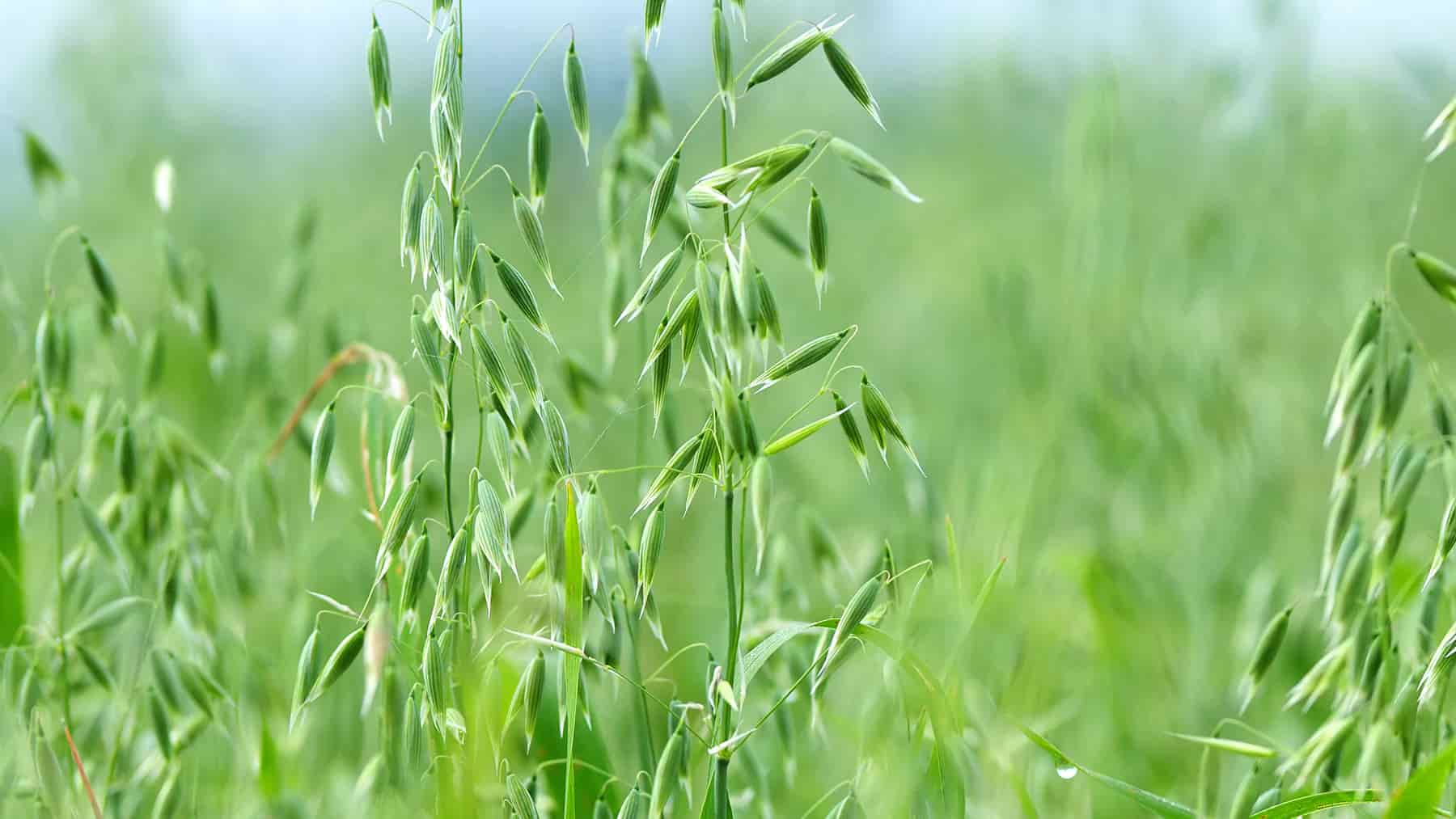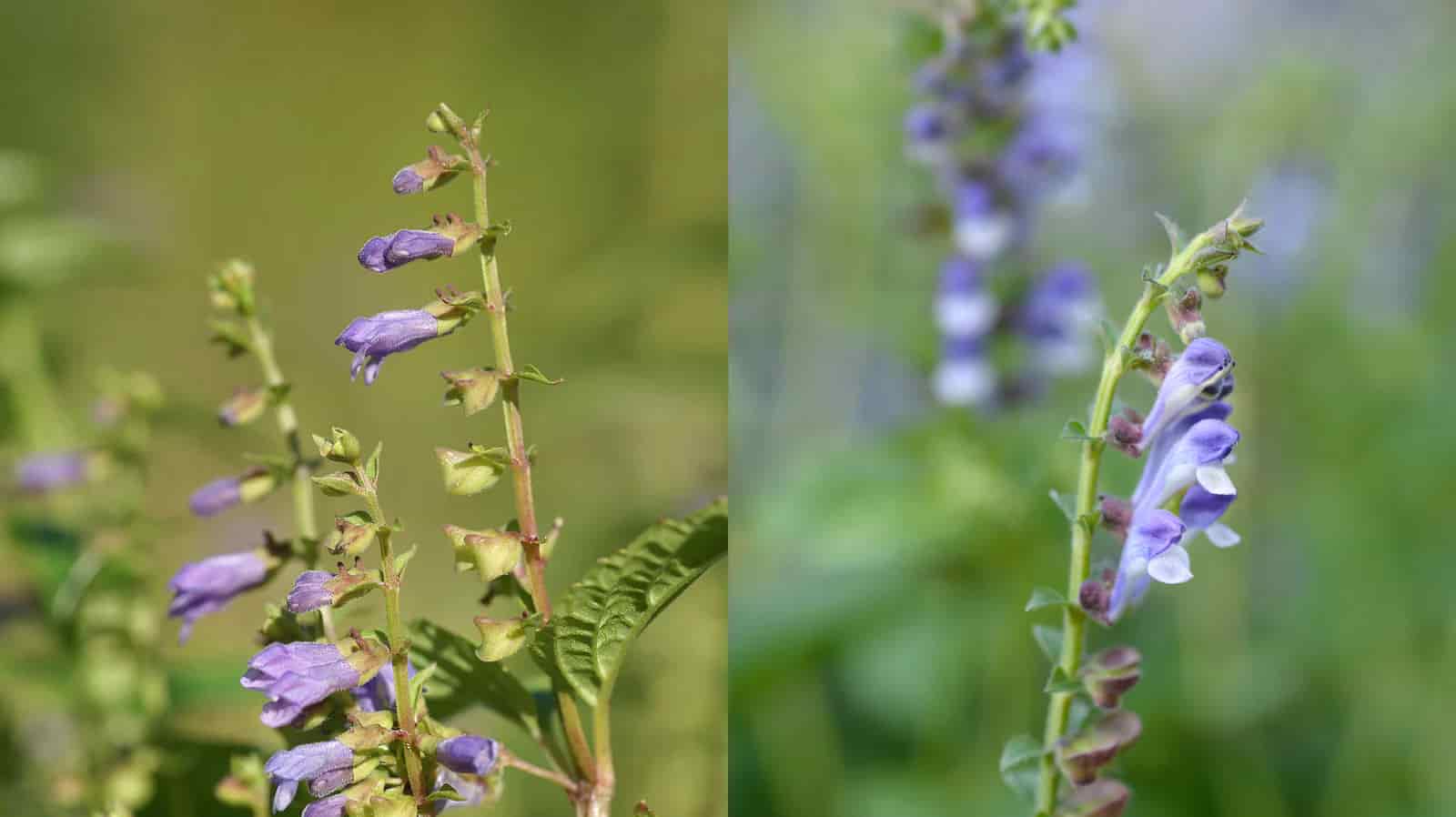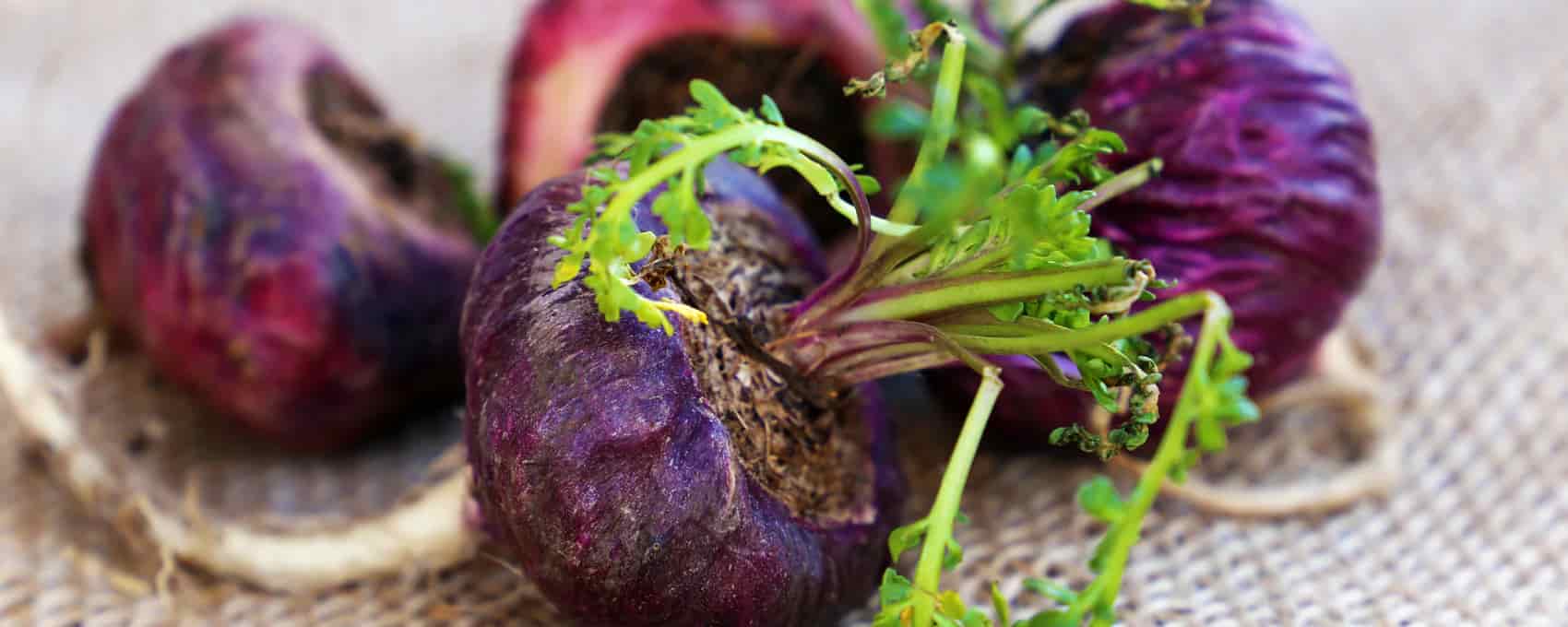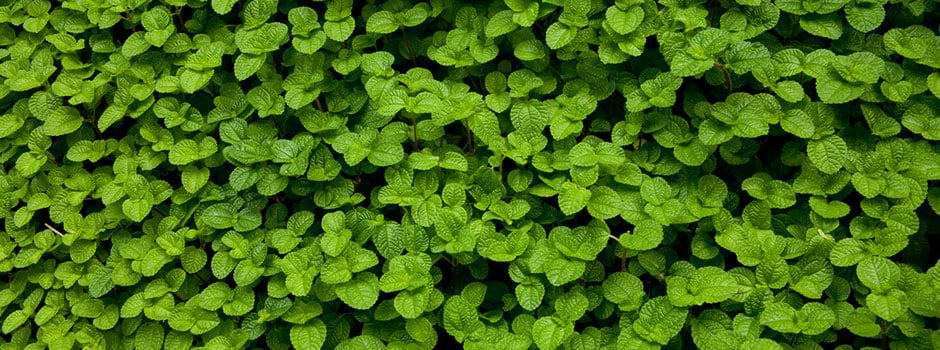There are herbs that seem to have a bad rap no matter how useful. Some of these particularly vigorous growers are said to be ready for a hostile takeover of your garden the moment you plant them.
The truth is, knowing a little about the life cycle of an herb, and how it reproduces, can show you exactly how to keep these types of herbs in your garden right where you want them.
Invasive herbs that everyone recognizes like mint, comfrey, borage, and many others, have plenty to offer. They are tasty, healing, beautiful, and home to beneficial insects that are welcome in any garden. But they need to be managed.
To keep invasive herbs under control, consider the following tips:
- Plant the herb you want to control in a container garden if possible. This takes care of any roots or underground stems that can grown into a new plant. Use beautiful or unusual pots, or simply bury your pot right into the ground and mulch over the top. For especially vigorous growth (mint, for instance) leave the top edge of the pot above the soil level, so you can see if any tendrils are escaping.
- Prune or pinch regularly. Doing this will keep your invasive herbs from going to flower, and keep them from producing seeds, resulting in next year's problem. Once an herb has self-seeded, the work to control it goes up exponentially.
- Mulching deeply is a great way to control vigorous growers. Mulching properly is a two-step process. First, cover the ground with a thick layer of overlapping newspapers. Then, cover the papers with at least 4 inches of organic mulch. Any weeds underneath won't be able to germinate, and any seeds that escape to germinate in the mulch can simply be pulled up.
- Finally, hand weeding is the most work, but also the most rewarding. Every day, check how your garden is growing. I highly recommend twice a day, to monitor properly. Check for weed seeds germinating, flower buds, weakened or damaged herbs, and other changes in your garden. Keeping ahead of the invasive herbs by plucking a tiny sprout or blossom every night helps prevent having a front lawn full of spearmint.
Enjoy every herb — even the ones that want to be in control. Careful watch, and a few simple tasks each day, will keep your herbs growing where you want them to. That really is all that makes a plant into an herb and not a weed, right?
Writer Amy Jeanroy has been an herbal gardener in many regions of the US. Her family has operated a greenhouse business since 1999, where she grows numerous herbs for medicinal and culinary uses. A Master Gardener, Amy is the author of Canning and Preserving For Dummies, 2nd edition, Co-author of Canning and Preserving All in One, and Co-author of Fermented Foods for Dummies.
For educational purposes only. This information has not been evaluated by the Food and Drug Administration. This information is not intended to diagnose, treat, cure, or prevent any disease, or to sell any product.
Recommended Products
Further Reading













